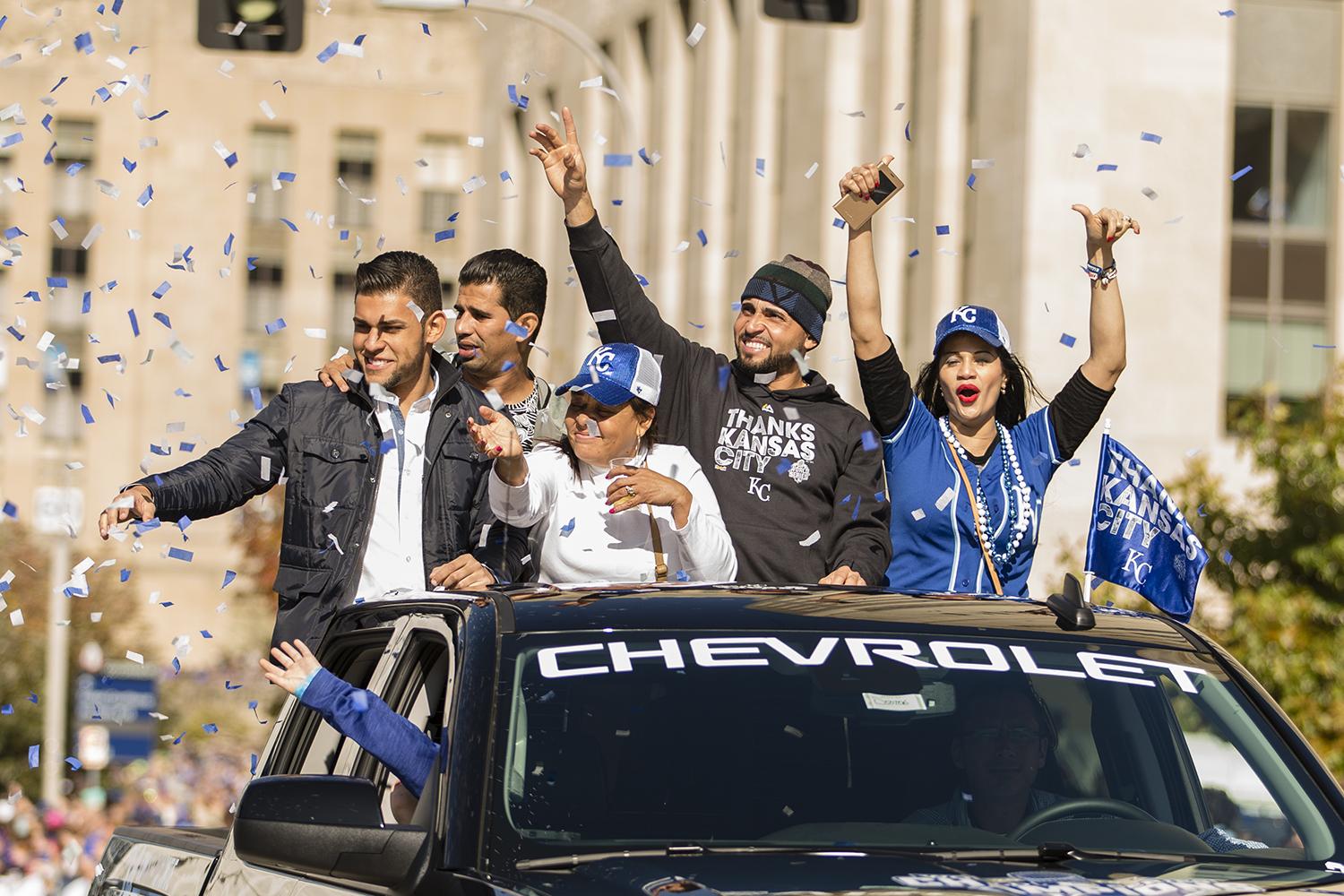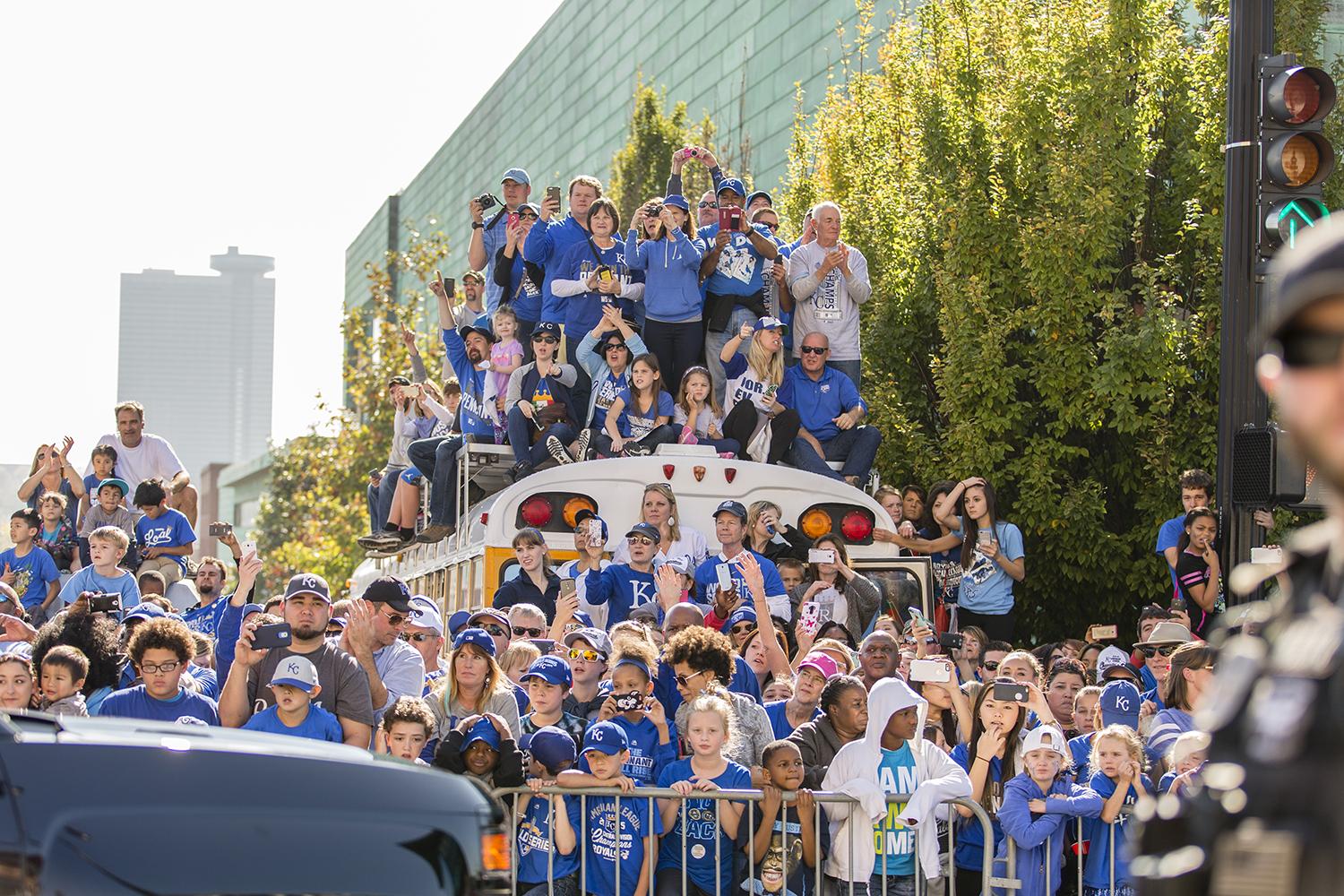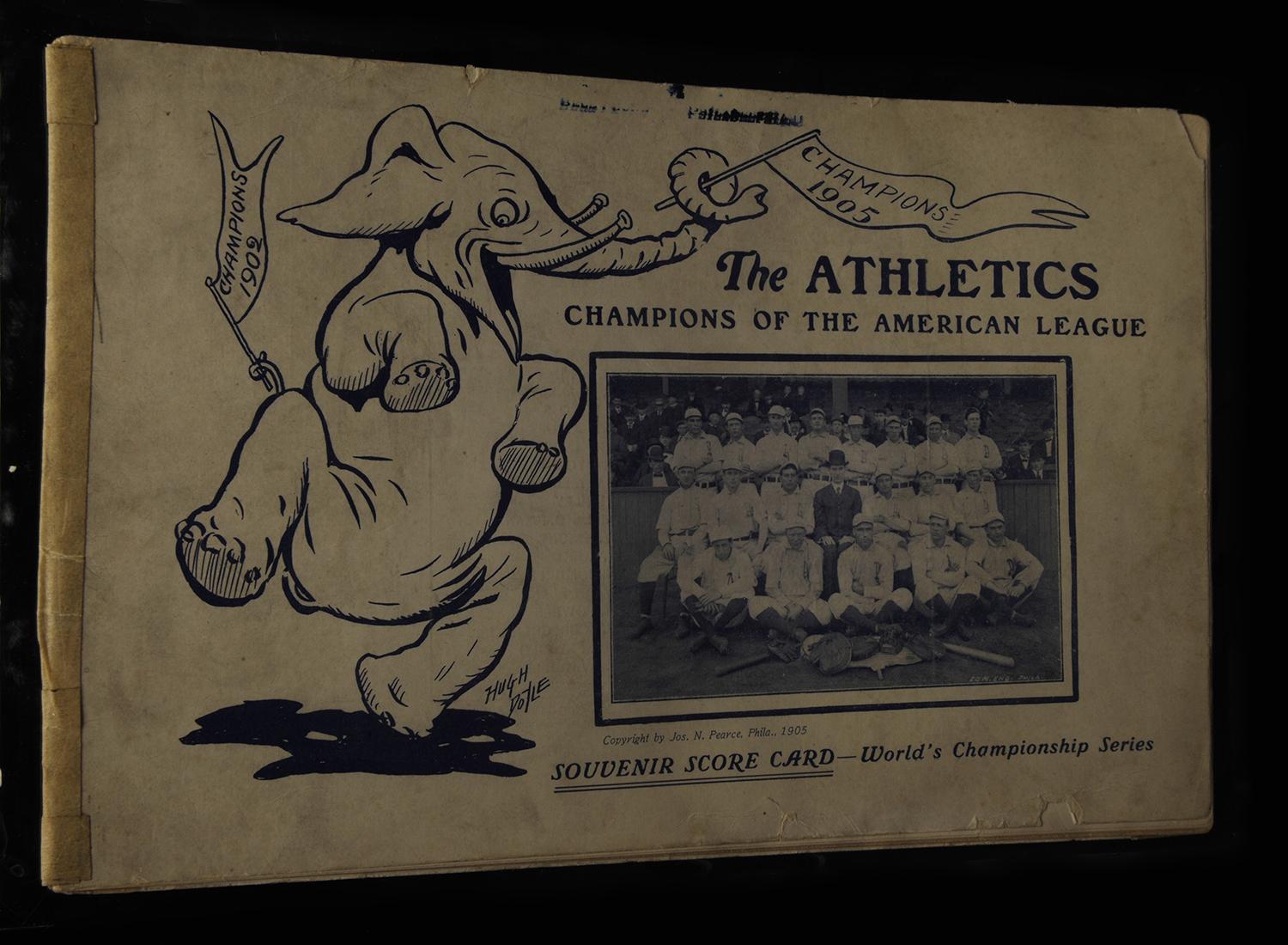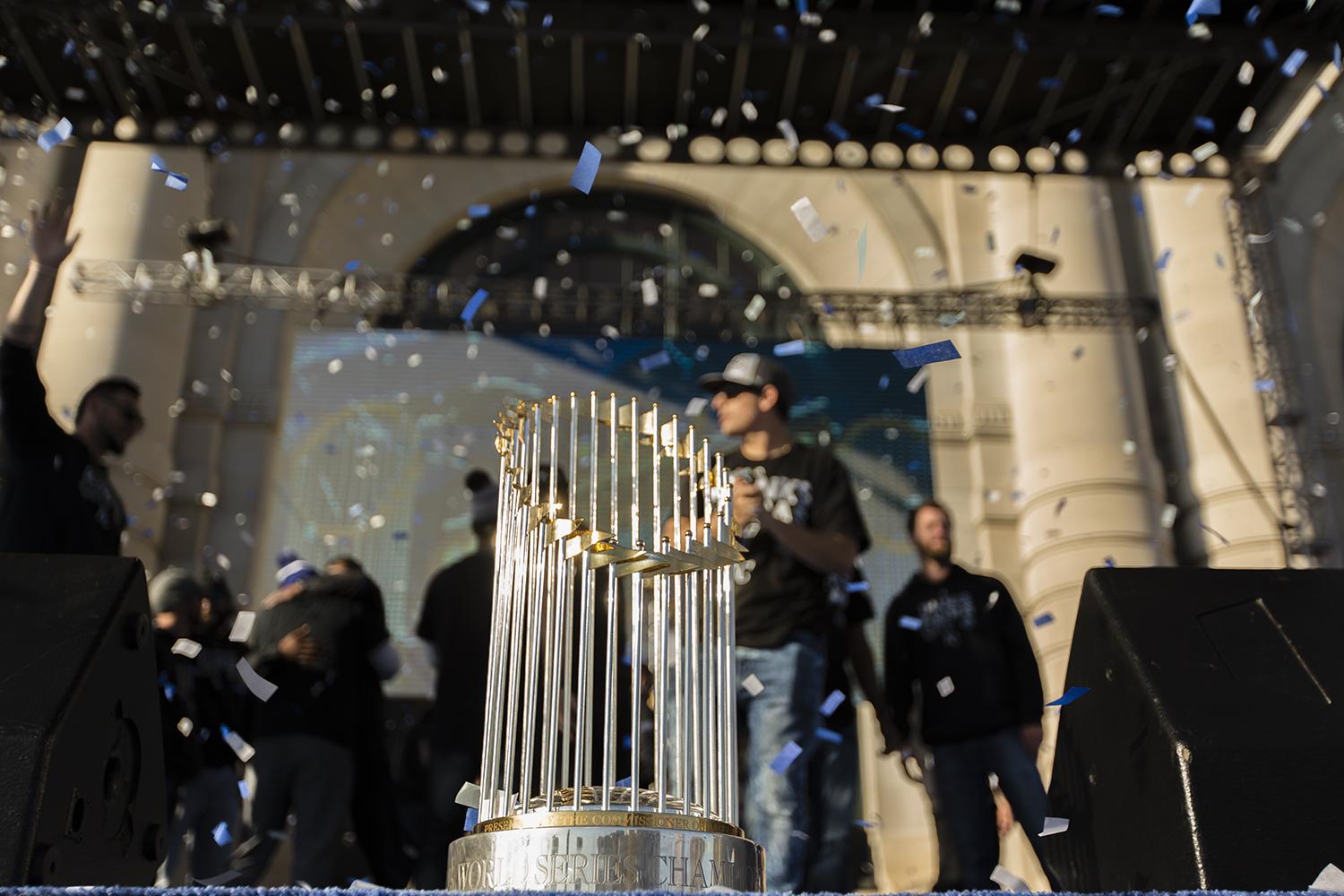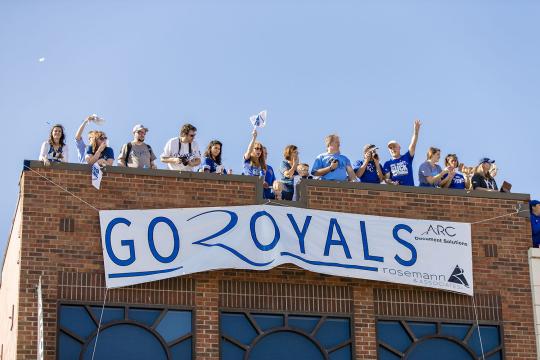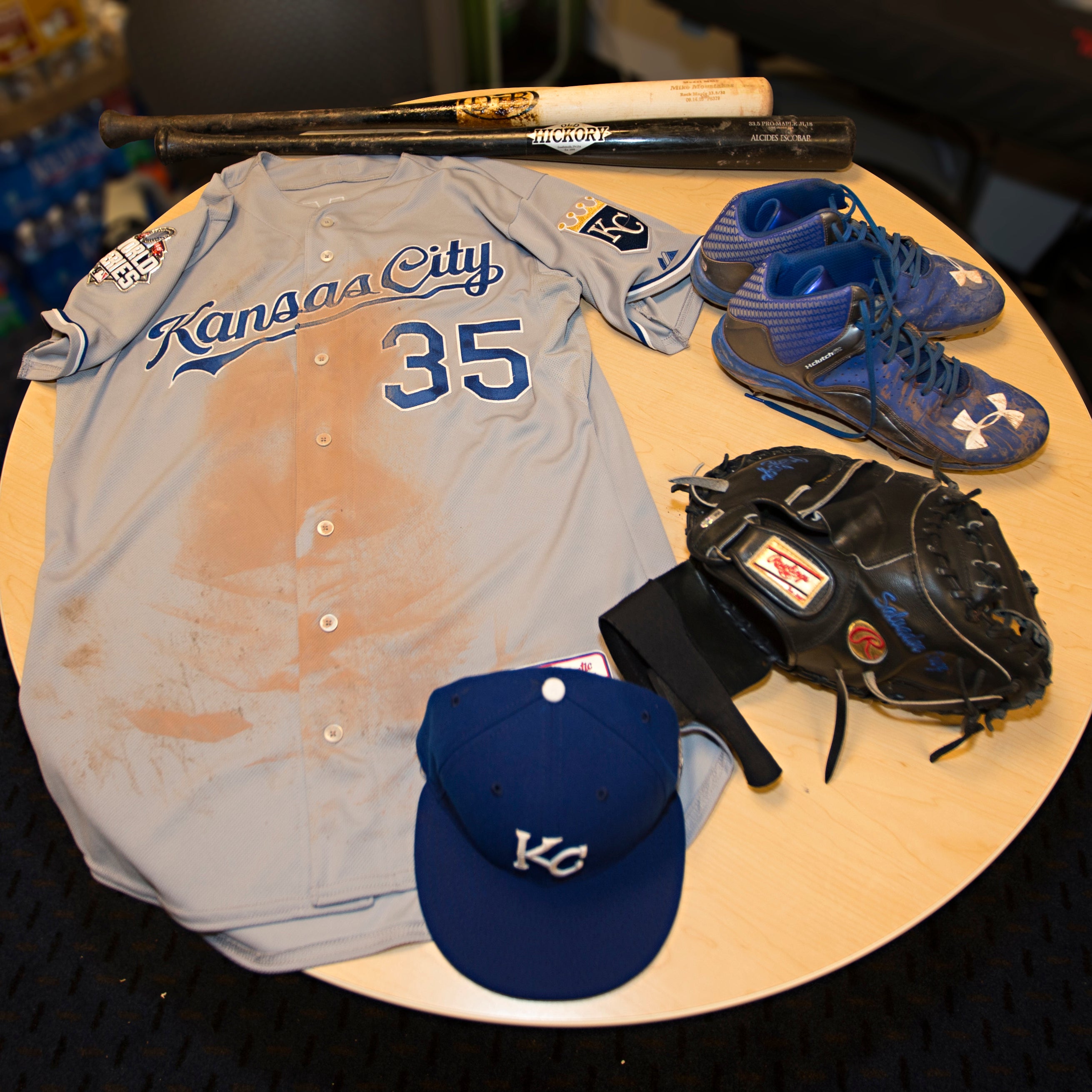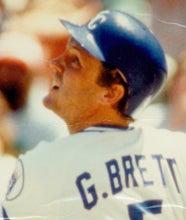- Home
- Our Stories
- World Series parades date back more than 100 years
World Series parades date back more than 100 years
The November sky in Kansas City, Mo., was just about as baby blue as the team’s alternate uniforms. The sun’s rays reflected off the sides of buildings and bounced off the Commissioner’s Trophy that was passed around from player to player.
After coming so close the year before, the Kansas City Royals finally earned their spot in the autumn sunlight.
On Nov. 3, 2015, hundreds of thousands of fans decked out in blue and gold lined the streets of Kansas City to welcome home their Royals, who capped off a five-game World Series victory over the Mets less than 48 hours earlier in New York. By the time the team reached the ceremony at Union Station, the throngs accumulated into a mass of humanity, there to celebrate their heroes.
“This is a day like none of us have ever seen before, and we appreciate it from the bottom of our hearts,” manager Ned Yost told the assembled thousands.
Photos from that day, taken by Hall of Fame traveling photographer Jean Fruth, are a part of the Museum’s latest online offerings at collection.baseballhall.org via PASTIME, the Museum’s new online collection.
Nearly all of the players on the Royals’ World Series roster had not seen a day like that before. Most of them grew up together in the Kansas City organization, a perennial Postseason outsider. Only a handful had any kind of major league playoff experience. Relief pitcher Ryan Madson was the only one with World Series experience, having earned a ring with the 2008 Phillies.
Madson, the Kansas City Star wrote, “felt the turnout compared favorably” to the victory parade in Philadelphia.
Franklin Morales, another pitcher, pitched in the postseason – but not in the World Series – for the 2013 Red Sox. Even some of the Royals’ coaching staff had not experienced a celebration on such a grand scale. Yost, pitching coach Dave Eiland and first base coach Rusty Kuntz won World Series championships as coaches or players. Yost was part of the Braves’ staff in 1995; Eiland was pitching coach for the 2009 Yankees; and Kuntz played on the 1984 Tigers. Backup catcher Drew Butera was a youngster when his father, Sal, won a title with Minnesota in 1987.
At least one member of the Royals organization was fortunate enough to experience both World Series parades: Hall of Famer George Brett. The third baseman led Kansas City to a thrilling seven-game win against St. Louis in 1985. During that celebration, Brett rode a horse through the ticker tape-strewn streets.
Yet Brett was quick to anoint the 2015 squad as superior to his 1985 team.
“After watching them play the last two years, I want to congratulate them for two things: Winning the World Series in 2015, and becoming the greatest team in Kansas City Royal history,” he exclaimed, much to the delight of all.
Parades after winning championships such as the World Series are considered de rigueur, but the World Series victory parade is almost as old as the World Series itself. What’s more, it may have been a team’s World Series loss which prompted such annual celebrations.
On Oct. 13, 1905, the New York Giants’ Christy Mathewson hurled his third complete-game win in the clinching Game 5 of the World Series against the Philadelphia Athletics. His manager, John McGraw, apparently had a change of heart from the previous fall. The Giants would have played the Boston Americans (now Red Sox) in the World Series, but New York management refused. Owner John Brush initially explained why the Giants would not face their American League counterpart, claiming the National League pennant was emblematic of baseball’s big league championship. McGraw then took all blame upon himself, absolving Brush of any role in the situation.
On Oct. 23, 1905, Philadelphia’s newspapers sponsored and organized a parade – or a “monster demonstration,” as the Cincinnati Enquirer called it – to celebrate the Athletics’ achievements. Each of the six newspapers created a float, and the prominent motif was the white elephant, symbolic of the A’s.
One newspaper had a “real live elephant, powdered white, in line,” the Enquirer’s correspondent reported. “Even the stanch democratic journal of the city turned out with a monster papier mache elephant, despite its political significance.”
Even John McGraw and his New York Giants traveled to Philadelphia to appear in the parade, a procession some two miles long and witnessed by an estimated 150,000 people.
Hall of Fame Membership
There is no simpler, and more essential, way to demonstrate your support than to sign on as a Museum Member.
In addition to the floats and the automobiles carrying the Athletics, there were American League and minor league baseball officials, semi-professional and amateur baseball teams from throughout the greater Philadelphia metropolitan area, firemen’s organizations. The Washington Post reported a strong turnout from the Mummers, with “hundreds of members belonging to the New Year’s clubs” who “enlivened the procession with their unique costumes.”
Throughout the offseason, there appeared to be some consideration toward recognizing the Giants. By the following spring, it was decided that New York would get its day on June 12, 1906, when the visiting Cincinnati Reds and their owner – and Chairman of the National Commission – Garry Herrmann were in town. In true Gotham fashion, the Detroit Free Press said “the New York pageant promises to outshine anything ever attempted in this line,” with a “triumphal march of the new (Giants) team and of all the uniformed amateur and semi-professional teams in Greater New York.”
Much like modern parades in New York City, the route would go through lower Manhattan before the participants would reconvene at the Polo Grounds for the pennant raising. Unlike modern parades, however, which start in Battery Park and venture north on Broadway, this one started in Union Square just shortly after 11 a.m. and worked its way south on Broadway, past City Hall, and then on toward the Battery.
A variety of marchers, participants, and automobiles filled the parade route, beginning with the Giants and the Reds. Police on horseback, bands, fans and members of other clubs, it was a spectacle to behold. The New-York Tribune noted that Herrmann and National League president Harry Pulliam had to abandon their vehicle at Broome Street, “owing to their machine catching fire.”
But that incident did not dampen the enthusiasm of spectators and participants.
“Although it was the first time New York has got a ‘world’s pennant,’ the presentation ceremony did not compare with the parade,” The New York Times reported. “Besides, this was the first baseball parade that New York ever saw.”
Upon arriving at the Battery, many of the parade participants rode the elevated trains up to the Polo Grounds, while the teams – and special guests De Wolf Hopper and James J. Corbett – rode cars to the ballpark. After marching on the field accompanied by a band, the teams lined up. New York looked resplendent in its new white uniforms, which featured “World’s Champions” across the chest. Herrmann then spoke and presented the blue and gold pennant, measuring 45 feet long and 20 feet wide, to Patrick McGowan, president of the city’s Board of Aldermen. McGowan, in turn, handed the pennant to McGraw, and it was hoisted atop the grandstand for all to see.
Despite losing to the Reds, the Tribune said the “general jollification at the Polo Grounds” was “highly successful” and “altogether it was a great day for the Giants.”
The following spring, the Chicago White Sox celebrated its 1906 World Series championship with a parade. Even over 100 years later, World Series parades remain great days for the champions and their supporters.
Matt Rothenberg is the manager of the Giamatti Research Center at the National Baseball Hall of Fame and Museum
Related Stories

George Brett returns to get 3,000th hit
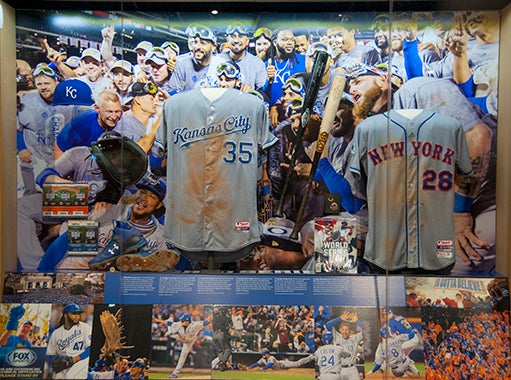
Hall of Fame Celebrates World Series Weekend, Honoring Kansas City Royals, July 2-3 in Cooperstown

George Brett returns to get 3,000th hit


